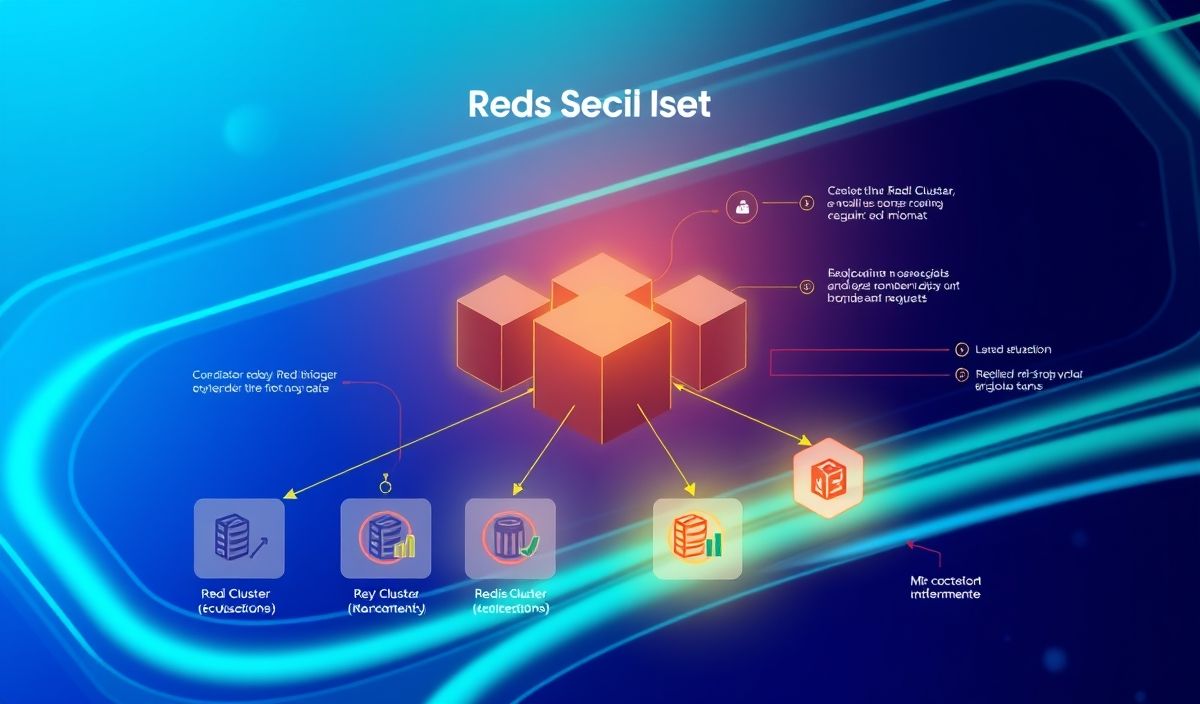Introduction to Redis Cluster Key Slot
Redis Cluster is a powerful and scalable system that uses key slots to manage data distribution and ensure high availability. Redis commands can be executed across multiple nodes, which guarantees resilience and efficiency. The concept of cluster-key-slot enables Redis to map keys to specific hash slots, optimizing the data distribution process.
Understanding Key Slots and Hash Slots
In a Redis Cluster, keys are mapped to hash slots using a CRC16 hash function. There are 16384 hash slots available, and each node in the cluster can be responsible for multiple hash slots. This mapping is crucial for ensuring even data distribution and minimal data movement during scaling operations.
Useful Redis Cluster Key Slot APIs
1. Determining the Hash Slot
redis-cli CLUSTER KEYSLOT mykey This command returns the hash slot for the given key.
2. Fetching Cluster Node Information
redis-cli CLUSTER NODES This command provides detailed information about the cluster nodes.
3. Adding a New Node
redis-cli CLUSTER MEET 192.168.1.100 6379 This command adds a new node to the Redis Cluster.
4. Rebalancing the Cluster
redis-cli CLUSTER REBALANCE This command rebalances the cluster by ensuring an even distribution of hash slots across all nodes.
5. Checking Cluster Info
redis-cli CLUSTER INFO This command returns the current state of the cluster.
6. Getting Hash Slot for Keys in a Pipeline
redis-cli --cluster hashslots <host:port> <keys...> This command shows the hash slots for multiple keys in a pipeline.
Example: Building a Redis-Powered Application
Below is a simple Node.js application that demonstrates the usage of Redis Cluster key slot APIs for efficient database operations:
Install Dependencies:
npm install redis Node.js Application:
const redis = require('redis'); const client = redis.createClient({
// Redis cluster node
host: '192.168.1.100',
port: 6379
});
client.on('error', (err) => {
console.error('Error: ', err);
});
// Setting a key client.set('foo', 'bar', redis.print);
// Getting the key slot for 'foo' client.cluster('keyslot', 'foo', (err, res) => {
if (err) {
console.error('Error: ', err);
} else {
console.log('Hash Slot for key foo: ', res);
}
});
// Closing the connection client.quit(); This application sets a key in the Redis Cluster and gets the hash slot for that key.
By utilizing these APIs, you can ensure that your Redis Cluster is running efficiently, providing high performance and reliability.
Hash: de33ddc7b8afa0a5727af3d5c4debaa1144018de30bf3c93c069508d1492aa0b




